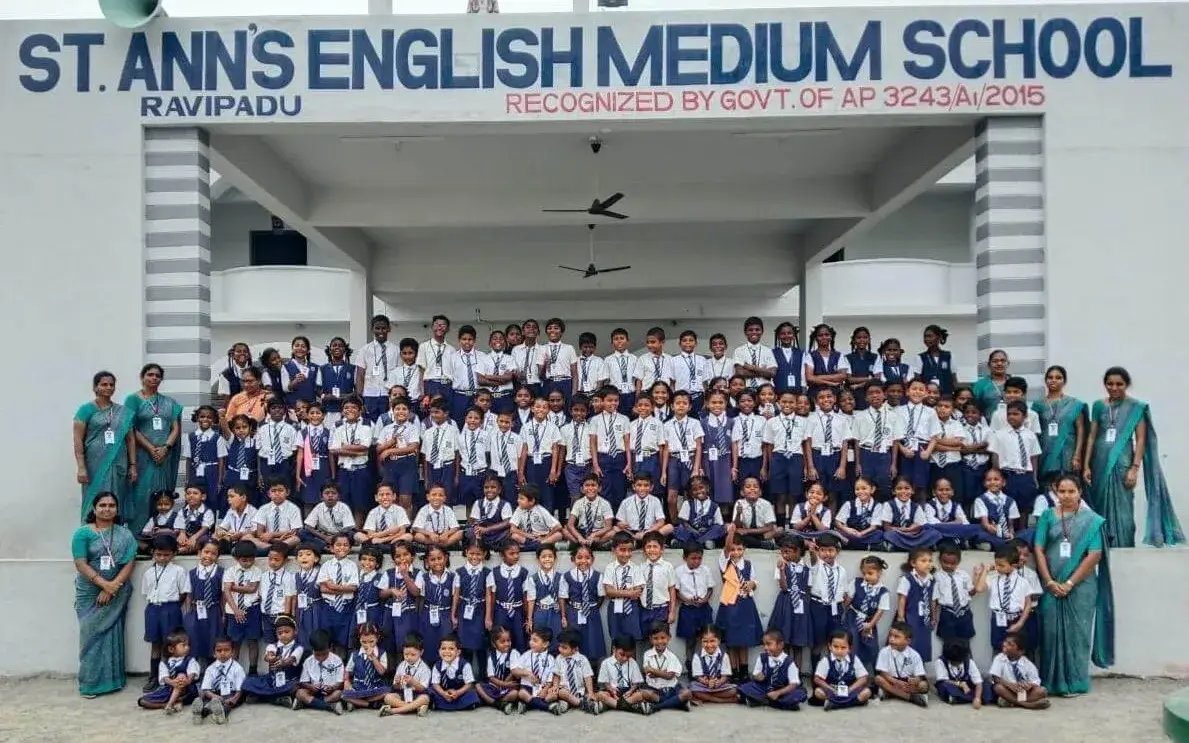
It is a type of European grant versed in education and youth, and particularly focused on international cooperation.
Erasmus+ is a funding program of the European Union in the fields of education, training, youth and sport, which this year is framed in the period 2021-2027. Its budget of more than 26,000 million euros is intended to facilitate and support various transnational and international cooperation and mobility actions between institutions, organizations and entities in areas such as training, youth, sport, inclusion and diversity, informal learning, digital transformation, the environment or participation in democratic life and common values.
The central axis of the Erasmus+ program is mobility and cooperation between bodies from different countries. It is an opportunity for entities, whether large or small, that are interested in developing their intervention activity in another country or in collaboration with organizations or associations from other regions. Below are the main keys to the program in the 2021-2027 period, according to a guide updated in 2023, that entities and associations that want to participate and be subsidized in the Erasmus+ program must know.
Before starting
For an entity or institution to be financed by the Erasmus+ program, it must present a project. This means clearly identifying resource needs and defining the entire process in detail. You will also need to keep the different calls in mind and choose the one that best suits the needs of the program.
Therefore, aspects such as the capabilities of the entity and its team, the different calls for the program, the appropriate fit of the project with the call and whether or not it will be necessary to look for other sources of funding, is in other words, to promote co-financing.
Participation in the program
The recipient population of the Erasmus+ program is natural persons. Likewise, their participation is always articulated through organizations, institutions or bodies, the 'participating organisations', which are those that manage and execute the projects in which natural persons participate. To participate, therefore, entities must submit an application to submit their project for it to be subsidized by the Erasmus+ program. If the project is chosen, a subsidy agreement is signed like the one that takes place for other types of public subsidies.
The program is open to all organizations active in the fields of training, education, youth and sport.
Who manages it
There are two major agents that manage the different actions that make up the Erasmus+ program. One of them is the Executive Agency for Education and Culture (EACEA) of the European Commission, which executes a series of actions described in the section 'Social actions of the program'. The documents relevant to the calls managed by the Executive Agency, such as the application forms, can be found on the Funding and Tenders Portal.
The second primary agent of Erasmus+ is the national agencies, which manage the vast majority of the actions that make up the program. Erasmus+ is mainly carried out through an indirect management system in which the European Commission transfers the tasks of budget execution to national agencies, in order to bring the program as close as possible to citizens, and to ensure that the best possible in the different national education and youth systems. Contact details for each national agency can be found here.
Social actions of the program
The Erasmus+ funding program contemplates a large number of actions to be financed, all of them related to exchange and dialogue between countries. It brings together the different types of programs to be financed in four actions, and most of them can accommodate the activities of entities and associations.
The first key action, 'people mobility', supports, as its title suggests, activities that involve the movement of people between countries. This includes projects that may arise from entities such as the mobility of students and staff, youth participation activities to increase the awareness of European youth about rights and decision-making processes, the mobility of female sports coaches, or language learning opportunities.
The second key action is 'cooperation between organizations and institutions', which can take place both in so-called 'excellence' associations, i.e. university centers and academies, and in associations for cooperation, associations for innovation, capacity building projects and non-profit sports events. In terms of cooperation, Erasmus+ contemplates both rather large associations that want to expand their capacity to act at a transnational level, as well as small-scale associations, to facilitate their access to the program.
In relation to partnerships for innovation, Erasmus+ offers funding to alliances between key players in education, business and research, and to forward-looking projects in key areas of innovation, creativity, participation and social entrepreneurship of education and training. For development projects, the program contemplates the financing of projects aimed at promoting capacities in various fields: higher education, vocational education and training, youth and sport.
The third key action of Erasmus+ funding is 'support for policy development and cooperation', especially through the 'United European Youth' programme, which is aimed at youth organizations that contribute to the dissemination of information through participation. In addition, this action also includes programs aimed at the preparation of the European political agenda in matters of education, youth and sport; political experimentation; carrying out studies of European or international scope; transparency and recognition of skills and qualifications; political dialogue; and cooperation with international organizations.
The fourth key Erasmus+ action is the 'Jean Monnet Actions', intended to support higher education institutions.
How to submit the application
To submit a project to the Erasmus+ program, entities must follow the following steps:
-
Registration
All applicants, whether natural or legal, must first register on the Erasmus+ portal and create an EU Login account. Apart from this, the procedure changes depending on whether it is actions managed by the Executive Agency or by national agencies. In the first case, the entity will need to access the tenders and financing portal and register there. In the second case, you will have to register in the register of Erasmus+ organizations.
As part of the registration, two documents referring to the justification of the legal form must also be attached: the legal entity form, which you can extract from here, and the financial identification form, which can be downloaded from here
-
Compliance with the requirements
When developing the project, and before applying for funding, the entity must make sure that different requirements are met. These are summarized in groups of criteria. First, the admission criteria, which refer to issues such as compliance with submission deadlines, the accessibility of applications and the amount of information offered and its structure. This also includes the specific admission criteria for each action, which are detailed in the Guide.
Secondly, there are the exclusion criteria, which have to do with the solvency of the entity, and contemplate situations in which it has breached, according to a final judgment or final administrative decision, obligations relating to the payment of taxes or obligations ethical and deontological of the profession to which it belongs, among others. Also included here is the demonstration, by the entity, of significant deficiencies in the fulfillment of past contracts.
The third group of criteria are the selection criteria, which refer to financial capacity, that is to say that it has stable and sufficient funding to carry out the project, and operational, that is, that its team has the knowledge , the qualifications and resources needed to carry out the project.
The last umbrella of criteria are the concession criteria, which are specific for each action (described in the Guide) and allow the Executive or national Agency to evaluate the quality of the project proposals submitted.
-
Financial conditions
Apart from the requirements mentioned in the previous subsection, there are certain financial conditions that projects must meet in order to be financed by the Erasmus+ program, and that it is important for the entity to take into account when presenting the project. First, this project cannot have finished, and, if it had already started at the time of the request, it must be shown that it had to be started before the signing of the agreement.
On the other hand, the application must be drawn up by the applicant entity, and its content must be completely original. In addition, the grant is not cumulative, which means that in no case will a project be subsidized twice by the European Union budget. In addition, the Erasmus+ program, like most European grants, is based on the principle of co-financing, which implies that together with the European Union grant, at least one other source of funding must be considered, which can come from the entity's own resources.
Finally, in all cases, and as with all European subsidies, the funded project cannot have as its objective economic benefit, that is to say, it must be non-profit.
-
Application form
To apply for a grant under the Erasmus+ program, you will need to fill in the specific form for each action, available on the websites of the European Commission or the national agencies (contact details). The language used for the form must be one of the official languages of the European Union, but the project summary must be written in English.
After the application deadline, the Executive Agency or the relevant national agency will evaluate the different proposals and decide which projects will be subsidized, based on the classification proposed by an evaluation committee and the budget available for every action. Once the decision has been made, the relevant entities will be notified of the results and the grant agreement will be signed.






Add new comment